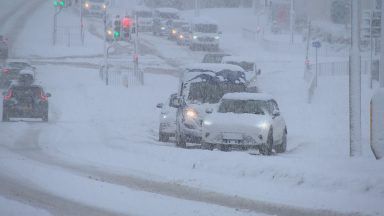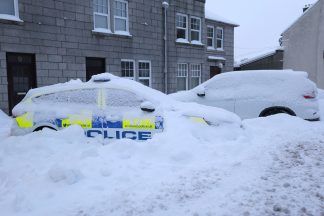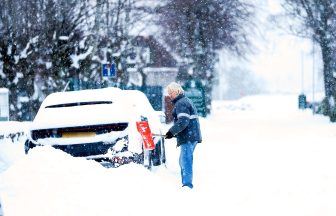Safety warnings have been issued after dangerous and antisocial behaviour at reservoirs, rivers and lochs around Scotland.
As the summer weather heats up, more people are taking to watercourses around the country.
Figures from the National Water Safety Forum (NWSF) show that, in 2022, a total of 226 people lost their lives to accidental drowning around the UK, including 45 in Scotland.
Approximately 60% of drownings occurred in inland water such as rivers, canals, lochs and lakes, reservoirs and quarries.
The summer months are also the most common time of year for accidental drownings, with 46% in the UK occurring in June, July and August.
Scottish Water have now issued a stark warning following a series of reports of antisocial behaviour at reservoirs including Milngavie in East Dunbartonshire, Picketlaw in Eaglesham, East Renfrewshire and Gladhouse in Midlothian – which included vandalism, littering and diving from water towers which are working parts of the reservoirs.
Scottish Water does not encourage swimming in its reservoirs due to a number of safety hazards at the sites.
The deep, cold water is a particular danger at reservoirs, which are a working part of Scottish Water’s infrastructure.
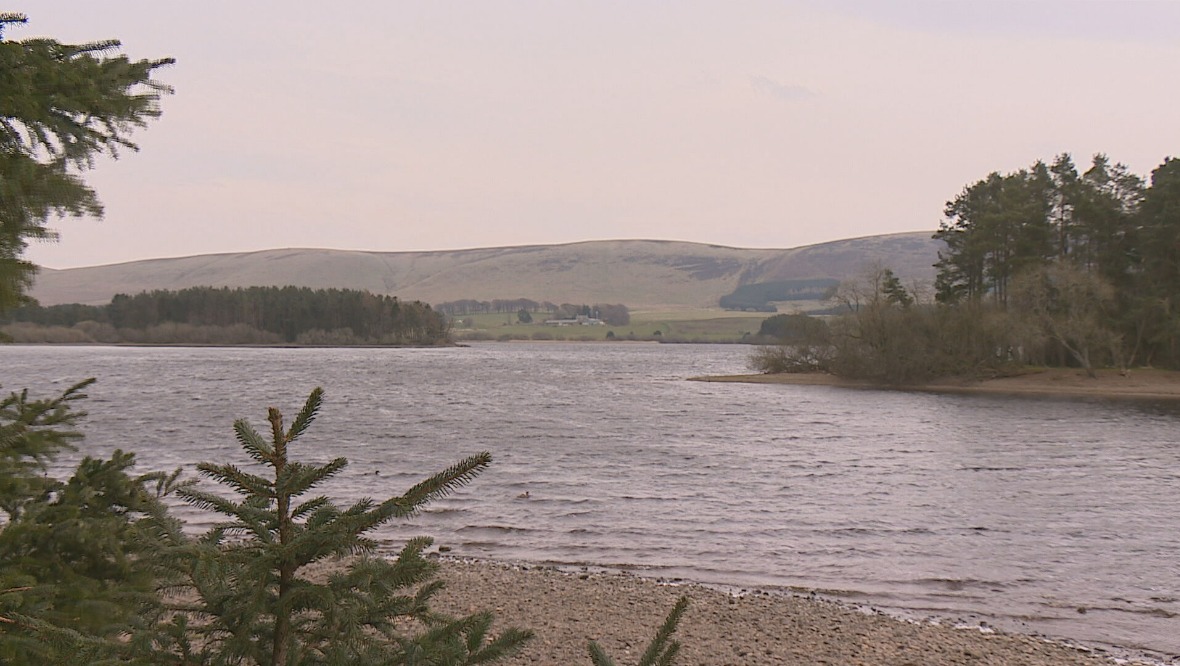 STV News
STV NewsDams, steep banks, spillways, or overflows, and underwater pipework can also present real hazards.
Many of the publicly-owned utility’s reservoirs are situated in remote locations, meaning there is a lack of immediate assistance and mobile phone reception can be poor.
Scottish Water does not encourage swimming in its reservoirs.
Scottish Water’s #RespectOurReservoirs video also highlights the importance of water safety and how visitors can play their part in helping protect the natural environment, for example by taking their litter home and leaving no trace.
Peter Farrer, Scottish Water’s chief operating officer, said: “While people should enjoy any good weather we have and take pleasure around the country’s beautiful lochs, reservoirs and rivers, it’s absolutely vital they stay safe at all times and behave responsibly.
“As a number of tragic deaths in Scotland in recent years have shown, safety is a serious issue in all bodies of water, including lochs, reservoirs and rivers.
“At reservoirs, while the water may look harmless, there are many hidden dangers. We need to ensure everyone is aware of these hazards. We are reminding parents to keep their children safe and asking adults to act responsibly around reservoirs and other watercourses.”
Pet owners have also been targeted in the advice.
One of the biggest risks arise when dogs dive into water chasing a ball or a stick.
The pet more often survives such incidents but owners who have attempted to save them often do not.
The Royal Life Saving Society UK (RLSS UK) is backing Scottish Water’s advice.
It comes ahead of the organisation’s annual Drowning Prevention Week, which runs from June 17 to 24.
Lee Heard, the RLSS UK’s charity director, said: “It is vitally important that everyone has an understanding of water safety, especially as the weather warms up and we see the temperatures rise as we have in recent years.
“It is vital that we share water safety messaging as we may see people wishing to cool off in the variety of waterways, however, just because the air temperature has increased does not mean the water temperature has; the water can remain extremely cold which results in dangers such as cold water shock when people enter the water.
“We know that with the right water safety knowledge, accidental drownings are avoidable.”
He added: “We want to ensure everyone can enjoy their summer break and being in or around water but be safe in the knowledge that they, and their children, have the skills and understanding about water safety, which could potentially save a life.”
Carlene McAvoy, leisure safety manager at the Royal Society for the Prevention of Accidents (RoSPA), added: “Often, open waters in the UK are much colder than anticipated and can lead to cold water shock. This can affect your ability to breathe, overwhelms your ability to swim, and can lead to drowning.
“Even the strongest swimmers can be impacted by cold water shock, so it’s always important to be mindful of this.”
The drive is also being supported by Scottish Fire and Rescue Service .
Station commander James Sullivan, who is chair of Water Safety Scotland, urged people to be fully aware of risks when getting in water.
He said: “We would strongly advise everyone to familiarise themselves with the Water Safety Code before even contemplating entering water. Entering water before being aware of the risks often leads to tragic results.”
Scottish Water reservoir rangers help patrol the paths and shorelines of four major sites in Milngavie, Gladhouse and Carron Valley.
These locations attract tens of thousands of visitors each year.
Davy Gray, Scottish Water’s rangers’ team manager, said: “Regular visitors to our reservoirs will no doubt be aware of our signage alerting them to potential hazards around and below the water and we encourage everyone to read them.
“On top of that, however, we have a small team of friendly rangers who will be chatting to them. We believe that this provides an opportunity to engage in a bit more detail on all aspects of water safety.
“The rangers will be promoting the best practice guidance that Scottish Water and the key member agencies in Water Safety Scotland have created. This is more specific to their chosen activity; be it paddleboarding, kayaking, angling or swimming.”
Scottish Water also run the Learn to Swim programme in partnership Scottish Swimming.
The scheme has helped more than 100,000 young people to be safer and more confident in the water.
The programme hopes to reach a further 100,000 youngsters by 2025.
Across Scotland there are 37 national Learn to Swim Framework providers, working across 160 pools, with currently 76,500 children learning to swim each week.
Follow STV News on WhatsApp
Scan the QR code on your mobile device for all the latest news from around the country


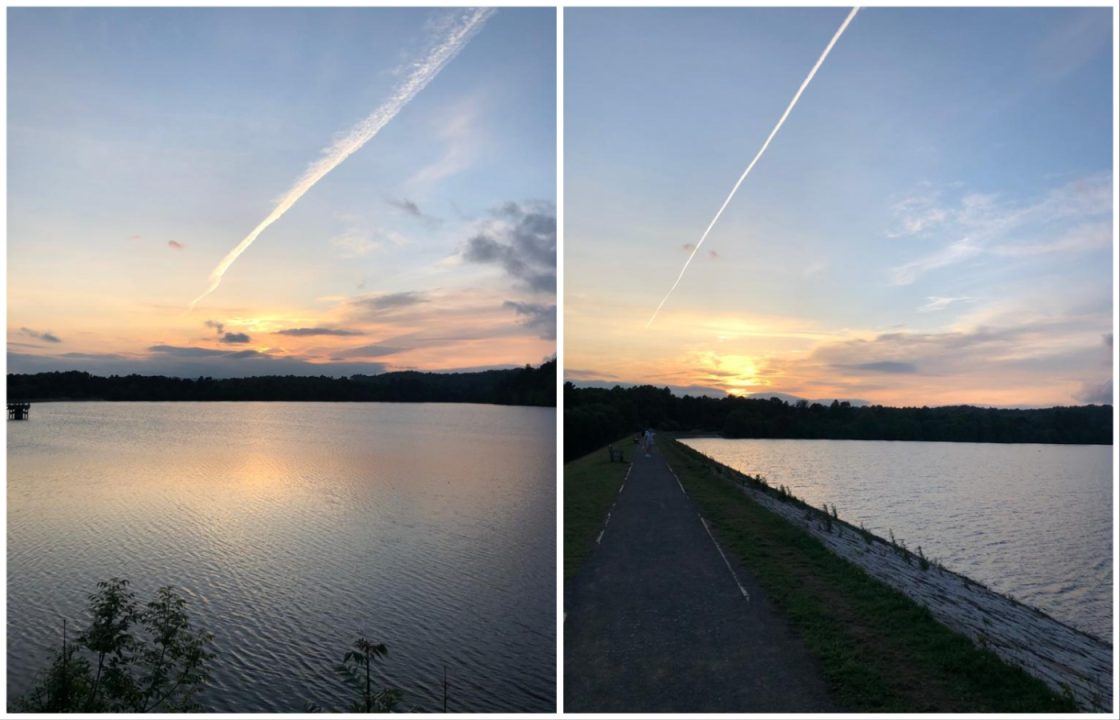 STV News
STV News

